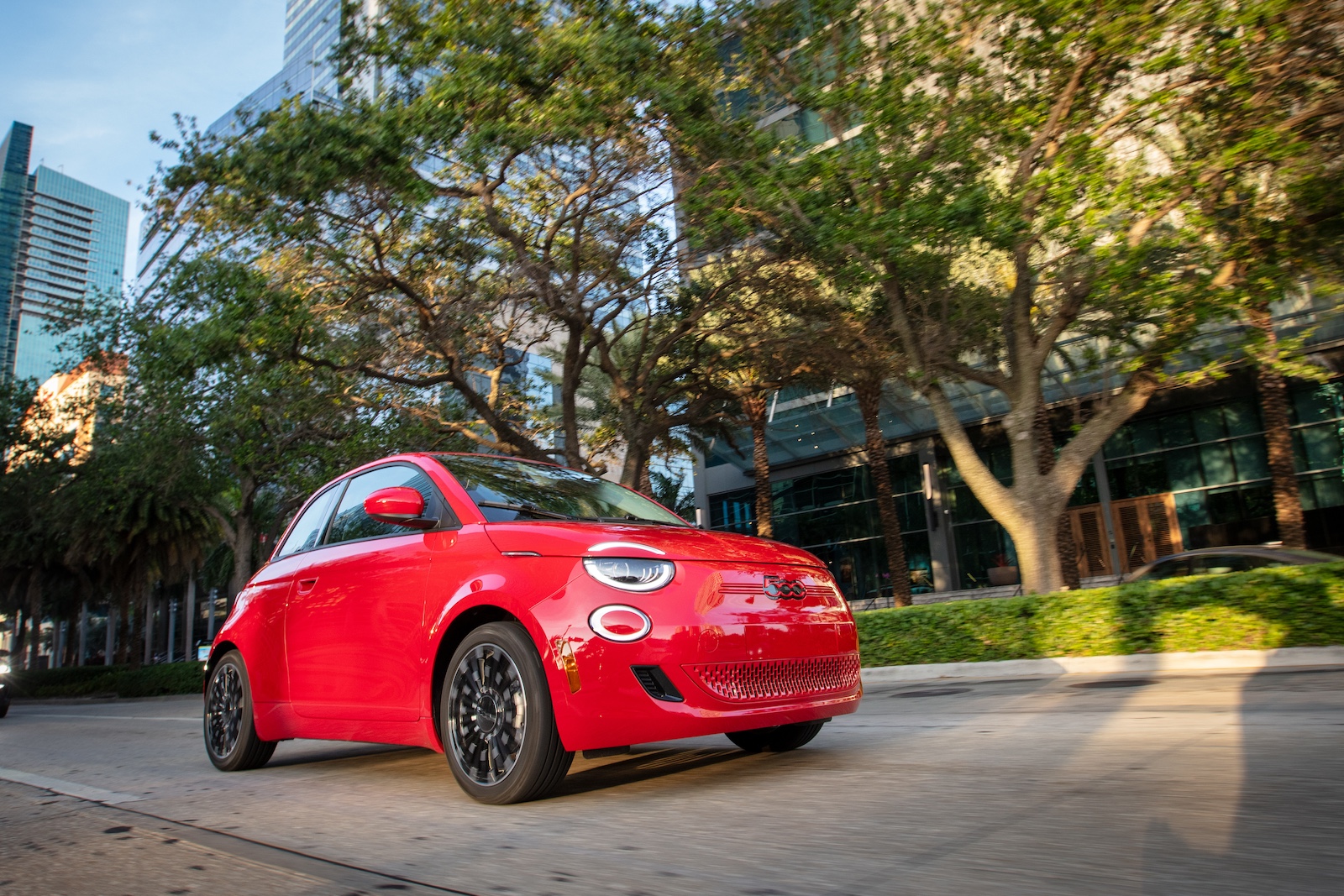Sign up for daily news updates from CleanTechnica on email. Or follow us on Google News!
There’s a lot of complete BS on the internet about EVs. They supposedly would kill you in a snowstorm, but testing shows they’d outlast most ICE vehicles stuck on a snowy road, and keep the heat on for weeks if you switched to seat heaters. They’re also supposedly no good for hurricane evacuations, but they don’t idle their fuel away when stuck in traffic, so they’d outperform ICE vehicles there, too.
But, one of the sillier criticisms from the less intelligent among the “prepper” crowd is that they’d be worthless during an extended power outage, such as those after major disasters. Or, worse, they’d be a liability in the event of a mega-disaster, like a repeat of the Carrington Event, a solar flare that could kill the power grid for years.
The obvious retort to that is that gas pumps work on electricity, and so do refineries, so such a power outage would leave gas and diesel cars in the same bad spot. But, the truth is, EVs win at this extreme scenario, too. And, the other day, I set out to prove it.
As you can see in the photo above the article, I packed up a Jackery solar generator. I brought along two power stations, the expandable 1000+, and the Jackery 3000 Pro. I won’t get into details on that, as I previously tested the 3000 Pro running a campsite with AC here, and Kyle Field did a detailed review here.
To power these battery packs, I brought along six 200-watt Jackery folding solar panels. I previously used these same panels to run an oven during another camping trip. I had no problem running the 2000 Pro cooking baked potatoes for over an hour, with the same panels producing between 1000-1100 watts in late afternoon sun. So, I figured powering the 960 watts my Bolt EUV needs in its lower-power 8-amp Level 1 charging mode should be a sinch.
Despite taking two kids along for the picnic, I had no problems whatsoever packing 1200 watts of solar and two batteries inside. I didn’t even have to fold the seats down, despite the EUV’s somewhat small cargo area with the space below the false floor occupied by a full-size spare tire. So, carrying along enough solar to charge doesn’t require a trailer (but even if it did, that wouldn’t be a problem).
I went up to a camping and picnic area near the Organ Mountains outside of Las Cruces, NM and set up the whole kit.
The whole setup took up approximately two parking spaces’ worth of dirt. I put the battery stations in the middle between the two rows of panels, and ran the cords all to this central spot. Then, I ran the stock Chevrolet portable charging cord from there to the charging door on the Bolt.
In my first test of the 1100, I came across a problem: it just wasn’t equipped to handle the full 1200 watts (peak) of these panels. It accepted power from two panels, though. So, I had to wheel out the larger Jackery 3000 Pro (the 2000 Pro would work just as well here) and get the panels all hooked up. It had no problem collecting up the fall afternoon Southwest sunshine and producing between 1050 and 1100 watts.
The Bolt, in its lower power Level 1 charging mode, pulled a consistent 960 watts. So, I was usually about 100 watts ahead of the battery draw, making it so that the battery would have stayed full all day while the car took the excess. I only did this for a little while, but I know from experience that keeping up this power level would require moving the panels every hour or two to keep them pointed south toward the sun.
How Useful Is This Really?
This time of year in my location, the sun is up from about 7 AM until 5 PM. That’s about 10 hours of sunlight, and we’re not far from the winter solstice (the shortest day of the year). But, the first hour and last hour generally don’t give you great output, so I’ll reduce that figure to about 8 hours. So, in that time, this portable solar setup can produce about 8 kWh of power, and send it into the car.
At 3 miles per kWh, that means a day’s worth of Southwest winter sun can give me approximately 24 miles of range added. For a comparable small crossover, we’re looking at pretty close to the equivalent of a gallon of gasoline.
That might not sound a lot, but keep in mind that we’re not talking about normal times in this fictional scenario that people think proves how horrible EVs are. 24 miles of ranged added per day is enough for most people to do their daily commute, but nobody wants to set up solar panels and move them around all day to get a charge.
But, if there’s no gas or grid available, an ICE vehicle will be permanently out of range once the gas tank’s empty. There’s no free gallon of gas a day coming from the Great Thermonuclear Fusion Reactor In The Sky.
But, I don’t want to be unrealistic about the limitations.
For one, I live in basically the best part of the United States to try this. The sunlight is more direct, the air is clear and dry most of the year, and there are no large trees in the desert to block the morning and afternoon light to ground-mounted panels. In other words, you couldn’t ask for a better place.
I also went out on a nice, clear, sunny day. A few days before, we had gotten some rain and clouds. A few days after, we also got some rain and clouds. On those days, I would have generated little to no power. So, trying to drive 20 miles a night on some sort of “shit hits the fan” life and death expedition across a continent wouldn’t really be realistic.
But, in a scenario where the power’s out for months on end and you need to drive once a week a few miles to go filter water out of the river or something, this kind of a setup would be good enough to keep your transportation options a lot more open than an ICE vehicle with an empty tank. That is, assuming the local authorities don’t take it away for emergency purposes or someone doesn’t rob you of it. Or you don’t need the power for something more critical.
Remind me to not be in a post-apocalyptic wasteland.
All images by Jennifer Sensiba.
Have a tip for CleanTechnica? Want to advertise? Want to suggest a guest for our CleanTech Talk podcast? Contact us here.
Our Latest EVObsession Video
I don’t like paywalls. You don’t like paywalls. Who likes paywalls? Here at CleanTechnica, we implemented a limited paywall for a while, but it always felt wrong — and it was always tough to decide what we should put behind there. In theory, your most exclusive and best content goes behind a paywall. But then fewer people read it!! So, we’ve decided to completely nix paywalls here at CleanTechnica. But…
Thank you!
CleanTechnica uses affiliate links. See our policy here.





